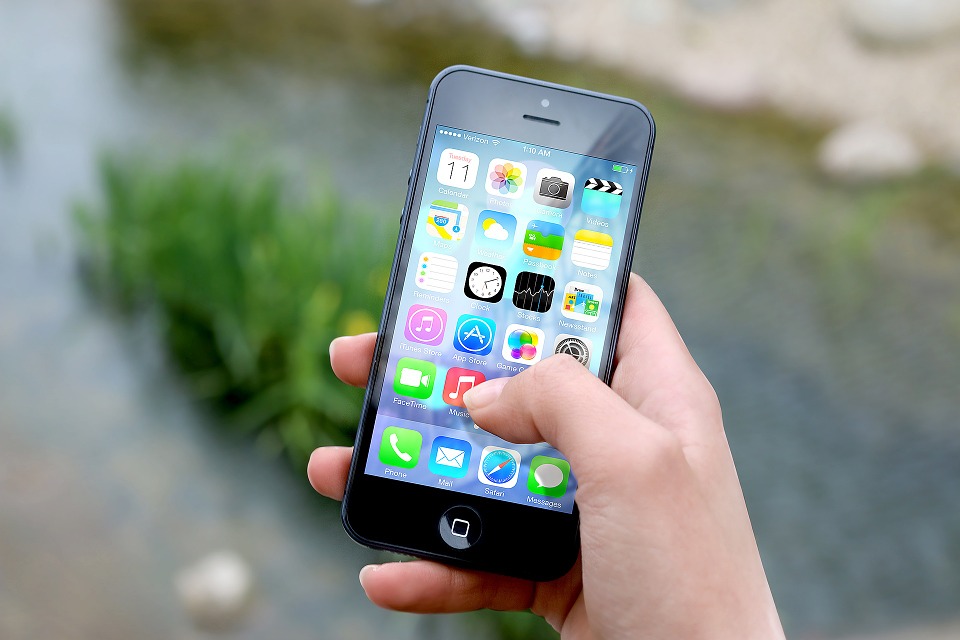The report on the results of the global study ‘Millennials and mobility: how businesses can tap into the app generation’ also notes that 39% of respondents most likely will not recommend products or services, if its application is found disappointing after the first experience of use, and 27% stated that such negative experiences may even lead to a negative perception of any products or services.
These results indicate that companies, not able to provide existing and potential customers with attractive mobile applications that accurately reflect the value of its brand, have risk of alienating young people and see how competitors are getting ahead thanks to their spectacular offerings.
- Close, personalized interactions become a new weapon in the battle to attract and retain customers belonging to the ‘digital’ generation - said Suhas Uliyar, the vice president of Oracle's strategy of development of mobile products. - The companies that cannot provide benefits to customers while maintaining a comfortable, functional and meaningful mobile interaction, have little chance to become a market leader.
The study results also suggest that young people are annoyed by unwanted communications in the form of push-notifications that do not meet their individual needs, but they are glad to receive useful information from the companies.
73% of respondents indicated that they like the opportunity to purchase goods or services using a mobile application. Many respondents said that they like the ability to manage accounts for services (71%) and to report problems or complaints to the company (65%) through the mobile application. More than half of young people (56%) do not want to receive push-notifications. The same number of respondents said that they rarely respond to the received push-notification, although nearly 50% of respondents admit that such notifications are personalized.
- The ability to manage accounts or inform us about the problems in the service through a mobile application includes a preliminary agreement on such a relationship between the customer and the brand or service provider. But the situation in the case of push-notifications is different - said Suhas Uliyar. - Organizations need to provide services through applications that are skillfully balancing on the border between the utility and redundancy, if they want to take advantage of their attraction to mobile and tablet applications without alienating the young people.
Analysis of responses from different regions reveals that young people in the Asia-Pacific region use mobile applications much more actively, especially for the work and the performance of other more ‘serious’ duty.
The respondents in this region almost three times more often than in the EMEA (Europe, Middle East and Africa) argue that their applications for them are essential, as well as security applications. In addition, respondents worldwide have downloaded an average of 20-25 mobile applications, with 40% of young people in the Asia-Pacific region having paid at least five of them, while in EMEA and North America, only about 25% respondents have done so. For young people in the Asia-Pacific, mobile applications are not just something that would be nice to have. Applications are essential to them in their daily lives. Youth in this region is always looking for innovative applications and is ready to pay for applications that provide valuable opportunities, and this behavior encourages business development.
Results of the study on a global scale indicate a significant difference in the use of the respondents’ applications for smartphones and tablets. Although young people are actively using tablets, smartphones are still the preferred devices to access mobile applications. For example, 61% of respondents have uploaded multimedia content into internet using the smartphone app - almost twice as likely than the tablet ones(35%). 48% of respondents use a smartphone app to transfer money to a friend, and only 22% choose an application for a tablet device.
- Obviously, there is still much room for innovation in the applications for tablets and phablets, and the companies that will take advantage of these opportunities are more likely to succeed in a market that is still not mature enough. However, applications for smart phones and tablets should not be developed independently of each other. Often, young people have multiple devices with network access, and companies need to maintain consistent, high-quality interaction through applications on any device, if they want to provide benefits to its customers, - said Suhas Uliyar.
These results indicate that companies, not able to provide existing and potential customers with attractive mobile applications that accurately reflect the value of its brand, have risk of alienating young people and see how competitors are getting ahead thanks to their spectacular offerings.
- Close, personalized interactions become a new weapon in the battle to attract and retain customers belonging to the ‘digital’ generation - said Suhas Uliyar, the vice president of Oracle's strategy of development of mobile products. - The companies that cannot provide benefits to customers while maintaining a comfortable, functional and meaningful mobile interaction, have little chance to become a market leader.
The study results also suggest that young people are annoyed by unwanted communications in the form of push-notifications that do not meet their individual needs, but they are glad to receive useful information from the companies.
73% of respondents indicated that they like the opportunity to purchase goods or services using a mobile application. Many respondents said that they like the ability to manage accounts for services (71%) and to report problems or complaints to the company (65%) through the mobile application. More than half of young people (56%) do not want to receive push-notifications. The same number of respondents said that they rarely respond to the received push-notification, although nearly 50% of respondents admit that such notifications are personalized.
- The ability to manage accounts or inform us about the problems in the service through a mobile application includes a preliminary agreement on such a relationship between the customer and the brand or service provider. But the situation in the case of push-notifications is different - said Suhas Uliyar. - Organizations need to provide services through applications that are skillfully balancing on the border between the utility and redundancy, if they want to take advantage of their attraction to mobile and tablet applications without alienating the young people.
Analysis of responses from different regions reveals that young people in the Asia-Pacific region use mobile applications much more actively, especially for the work and the performance of other more ‘serious’ duty.
The respondents in this region almost three times more often than in the EMEA (Europe, Middle East and Africa) argue that their applications for them are essential, as well as security applications. In addition, respondents worldwide have downloaded an average of 20-25 mobile applications, with 40% of young people in the Asia-Pacific region having paid at least five of them, while in EMEA and North America, only about 25% respondents have done so. For young people in the Asia-Pacific, mobile applications are not just something that would be nice to have. Applications are essential to them in their daily lives. Youth in this region is always looking for innovative applications and is ready to pay for applications that provide valuable opportunities, and this behavior encourages business development.
Results of the study on a global scale indicate a significant difference in the use of the respondents’ applications for smartphones and tablets. Although young people are actively using tablets, smartphones are still the preferred devices to access mobile applications. For example, 61% of respondents have uploaded multimedia content into internet using the smartphone app - almost twice as likely than the tablet ones(35%). 48% of respondents use a smartphone app to transfer money to a friend, and only 22% choose an application for a tablet device.
- Obviously, there is still much room for innovation in the applications for tablets and phablets, and the companies that will take advantage of these opportunities are more likely to succeed in a market that is still not mature enough. However, applications for smart phones and tablets should not be developed independently of each other. Often, young people have multiple devices with network access, and companies need to maintain consistent, high-quality interaction through applications on any device, if they want to provide benefits to its customers, - said Suhas Uliyar.



















